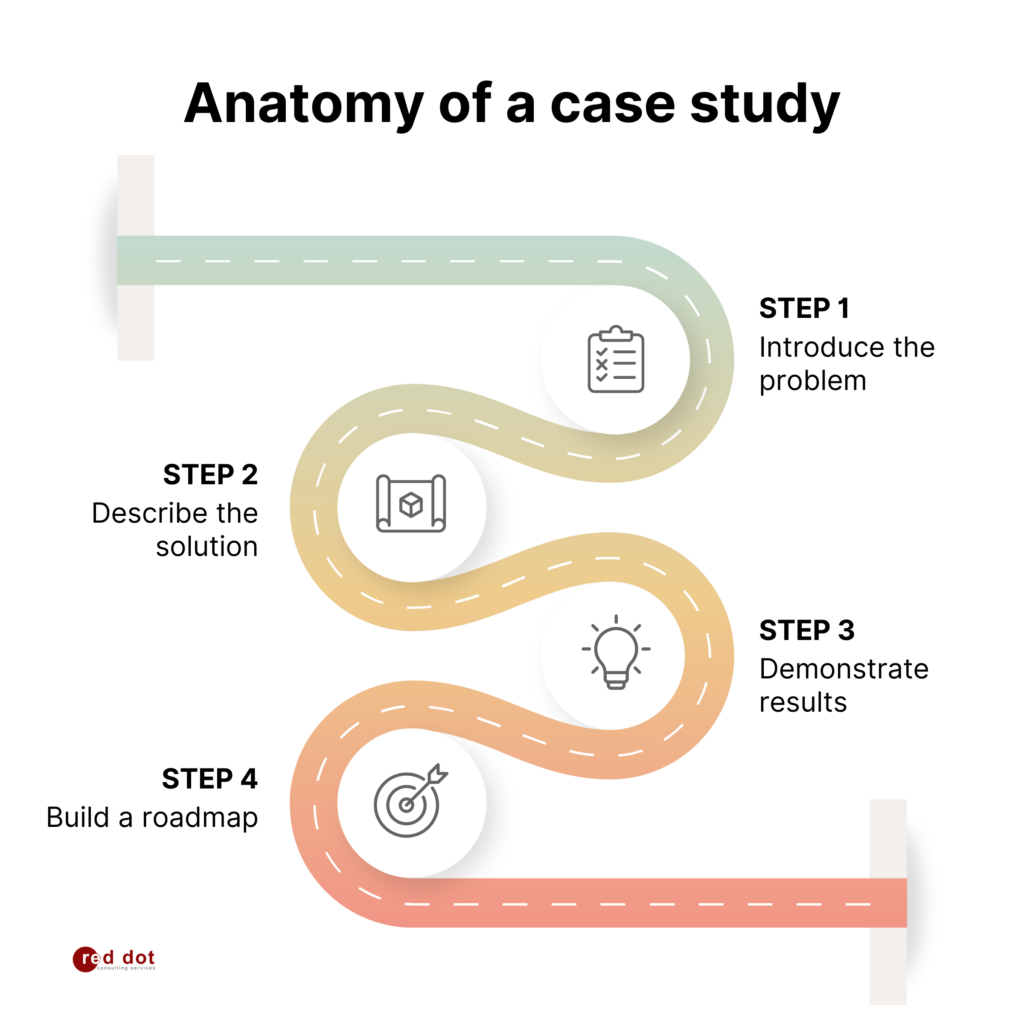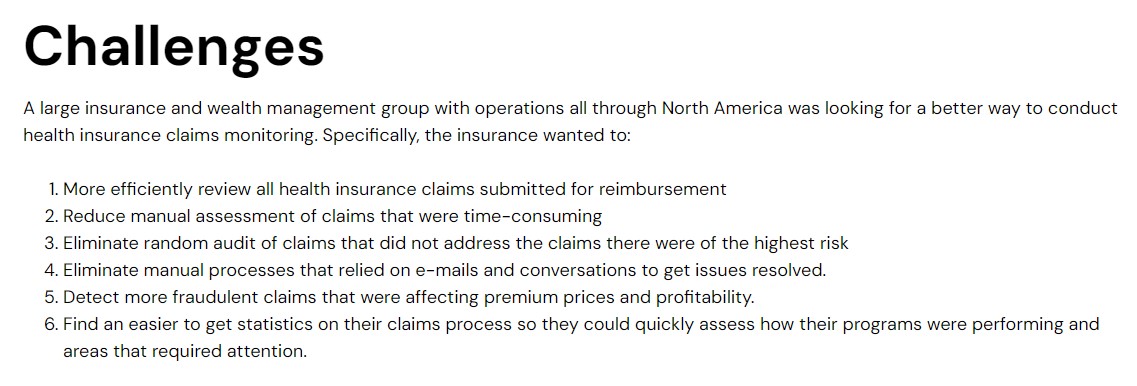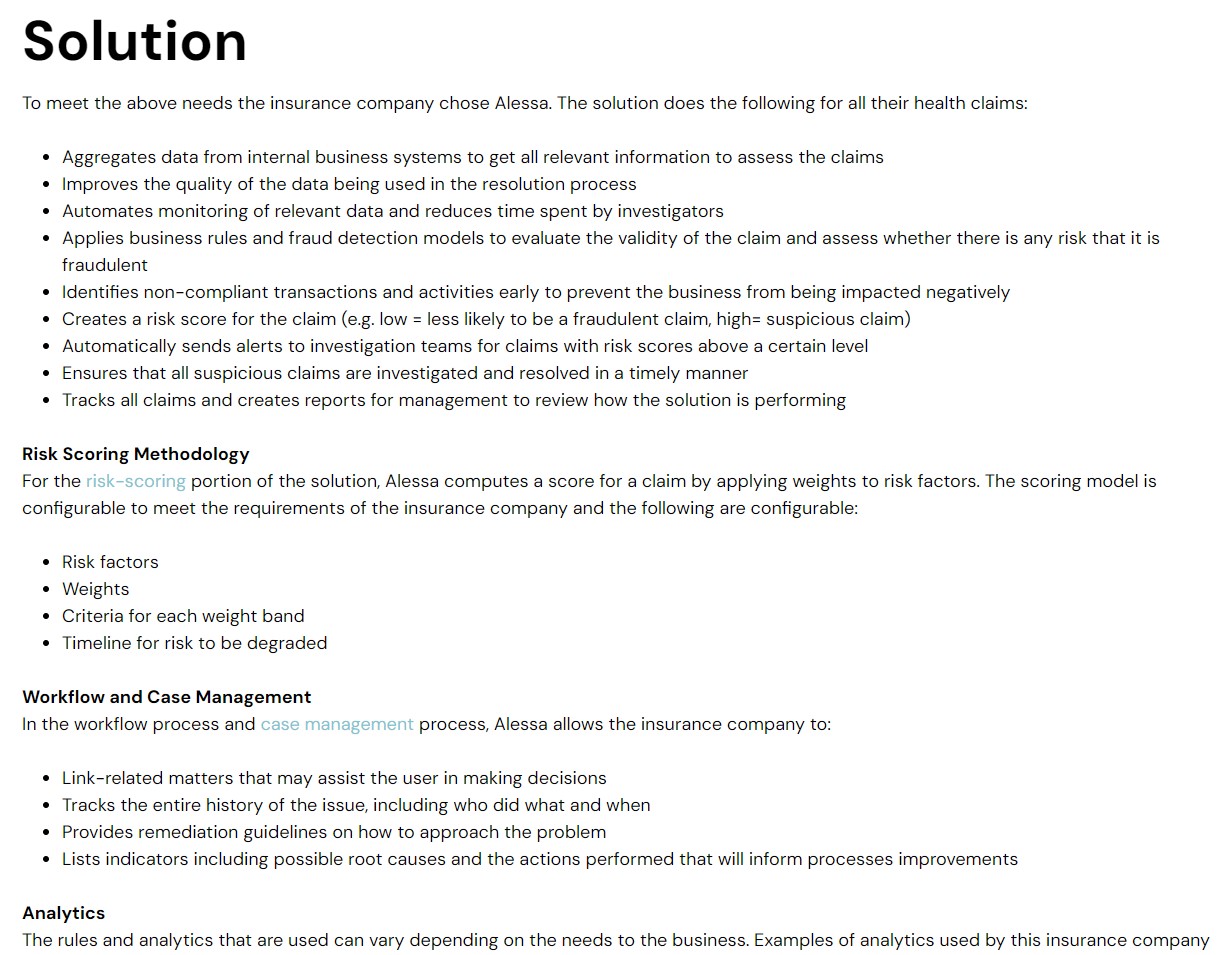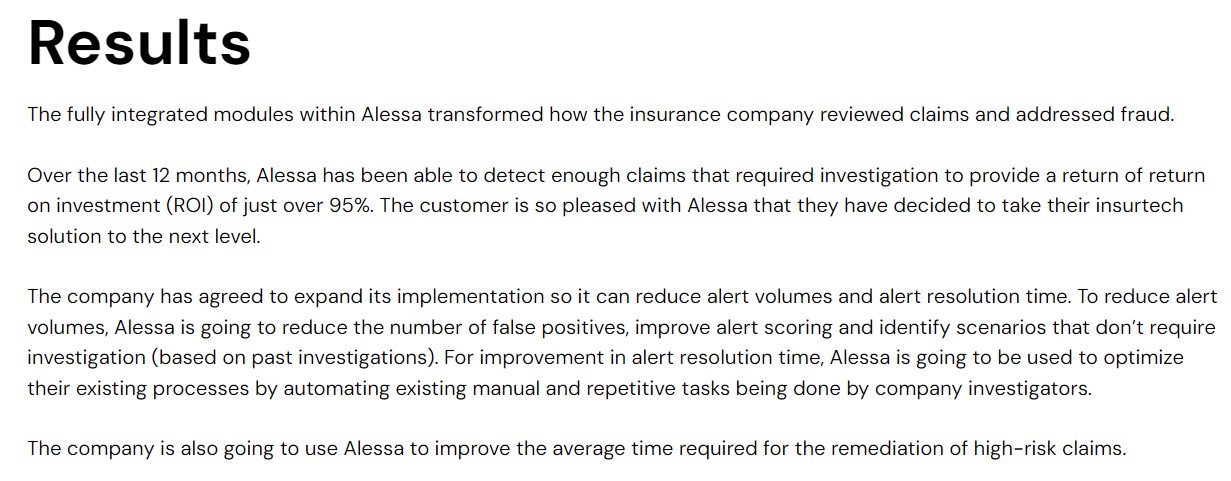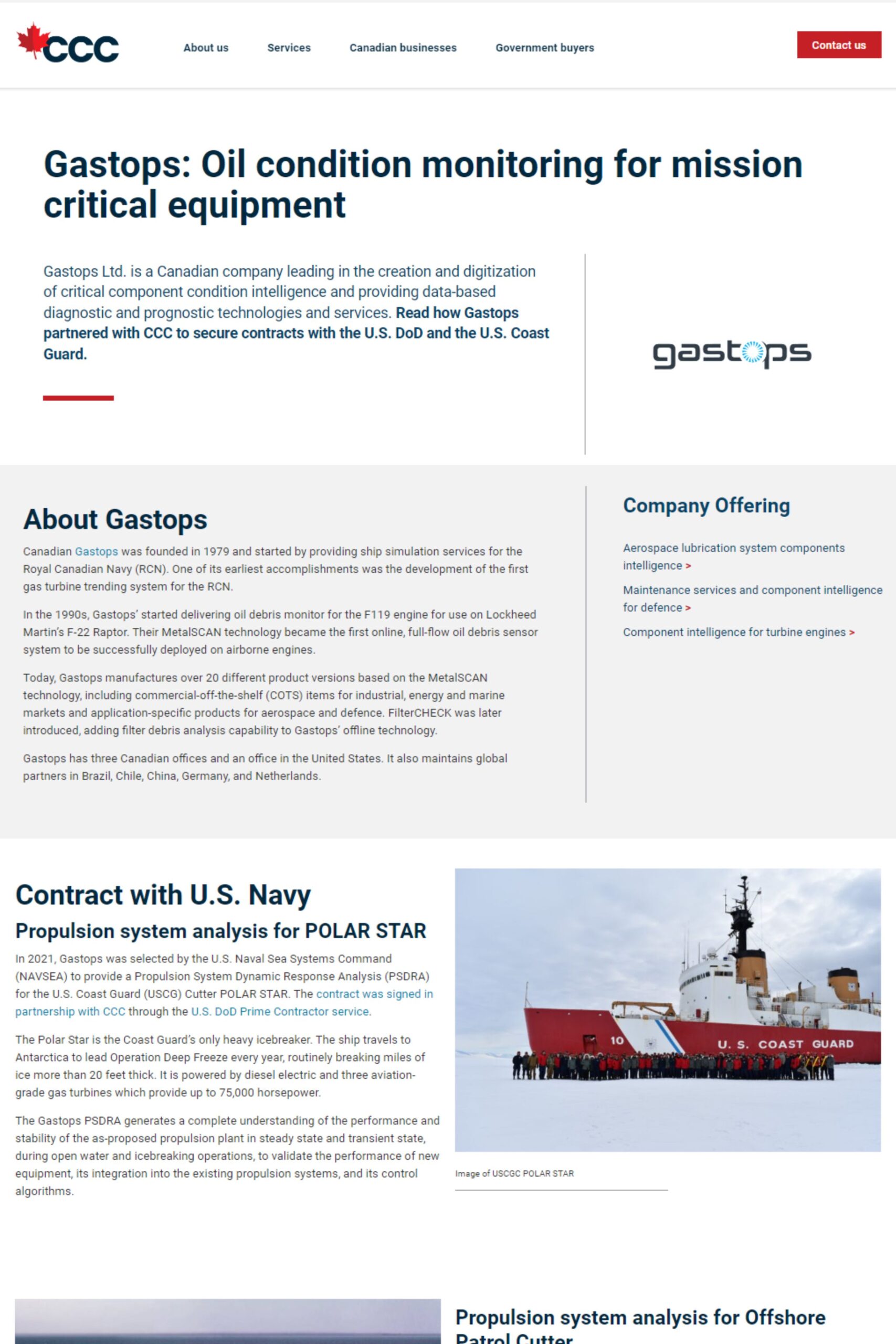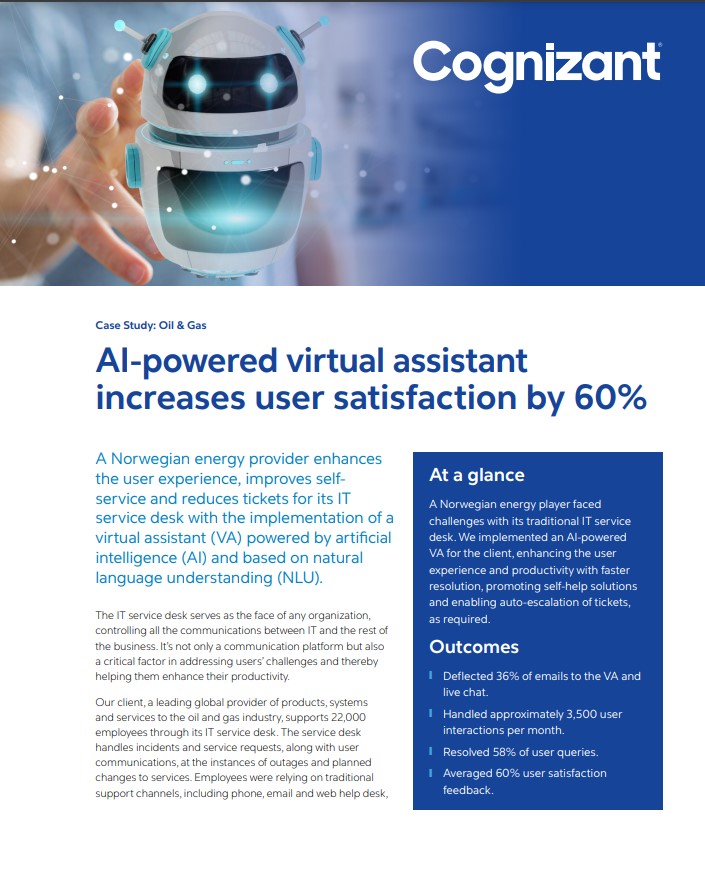A marketing case study or success story is a valuable content marketing tool as it provides concrete examples of how an organization’s product, service or solution is applied in real-world situations.
What I love about case studies is that they allow prospects to see themselves in the buying and use cycle and understand how an organization’s offering will affect them and their potential benefits.
Effective case studies have several key components, and in this blog, we review must-haves for every case study/success story
Why write a case study
Case studies and success stories are an opportunity to showcase successful implementations and benefits of your product or service.
Like customer logos, case studies are examples of social proof and add credibility by providing real-world examples and testimonials from satisfied customers.
They also are an opportunity to show expertise, explain complex topics and concepts and emphasize the unique features and benefits of your offering in practical scenarios.
Finally, case studies are an integral part of a content marketing strategy as they provide assets for the conversion/decision of the marketing funnel.
Case study sections
When writing a case study, you are demonstrating the journey that similar customers have taken. Be sure to include the following four sections in the format of your case study:
- Introduction to the problem/challenge: Briefly describe the customer’s problem. Be sure to include what frustrated the customer or how the problem prevented the customer from doing what they wanted to do to help make the situation relatable and garner empathy. End the section with a sentence that mentions that the customer turned to the organization to fix the problem.
- Describe the solution: Provide more details on the customer’s issues and how the company’s solution addressed them. For enterprise products, I often break up this text by functional areas to keep the information easy to read and help different personas within an organization understand how the solution may impact them.
- Demonstrate results: Include tangible qualitative and quantitative benefits that the customer is now enjoying due to the solution. The more quantitative benefits you can provide, the better, as they help prospects build the case study to purchase your solution.
- Build a roadmap: Depending on your offering, describe how the client engaged with your organization after the initial purchase. Maybe they signed up for additional professional services or plan to upgrade to enable them to do more. This helps to show that clients are happy with your solution and see you as a long-term partner.
Building a customer journey using a case study.
Here are other sections to consider including in your case study that will add depth and help your prospects relate to the story:
- Client’s background and history
- Contextual information like background information and relevant facts
- Solution alternatives that were not chosen by the client (and the reasons)
- Visuals like tables and graphs, and
- Client quotes.
Case study research
When researching the material for a case study, try to talk to a number of people to get a holistic view of the engagement, solution and its impact. Here are the people you should consider interviewing:
- Buyer persona: Talk to the person or group who were responsible for researching and buying the solution to understand their motivations and what attracted them to your organization
- User persona: Interview those using the solution to unearth benefits that extend beyond the reason for buying the company product.
- Internal sales, sales engineering, customer success or account management team: Chat with those within your company who helped to sell the solution to understand the customer pain points and messaging they used to help sell the solution.
If you are planning to add context information, such as industry facts, background information, or alternative solutions, consider interviewing industry influencers, analysts, or associations to provide relevant and updated information
10 Questions to ask when researching for your success story
- Tell me a bit about yourself, your company, and your role
- What challenges/problems necessitated a change?
- What were you looking for in a solution?
- What made our solution stand out over others?
- How has our solution helped since you began using it?
- Has this solution saved money and/or increased productivity?
- Can you share any metrics/KPIs that show the success you have enjoyed with our solution?
- What plans do you have to use our solution in the future?
- Any features you would like to see added to the solution?
- Is there anything else we should know?
Example of an online case study
Here is a real-life example of an online case study that includes the anatomy described above.
Case study challenge section. SOURCE: Alessa.com
Notice that the challenge section of this case study include:
- Company name and/or sector (“a large insurance and wealth management group”)
- Location and/or geographic reach (“all through North America”
- Broad statement of main challenge (“looking for a better way to conduct health insurance claims”)
- Specifics about the challenge (“More efficiently…”, “Eliminate…”, “Detect…”, “Find an easier way to….”)
Case study solution section. SOURCE: Alessa.com
This solution section describes:
- What the solution does for the client at a high level
- Specific functionality offered by the solution by functional areas (Risk scoring, workflow and case management, analytics)
- Links to more details about each feature
Case study results section. SOURCE: Alessa.com
The results section provides qualitative (“transformed how the insurance company reviewed claims and addressed fraud”) and quantitative benefit (Over the last 12 months….a return on investment of just over 95%).
This particular example also included the roadmap as part of the description of the results (“the company has agreed to expand its implementation so it can reduce alert volumes and alert resolution time…”).
How to optimize your case studies for online presence and SEO
Here are some tips on how to get your case studies better positioned to do well on organic searches.
- Internal links: Link to at least 3 pages within your site.
- External links: Link to at least 1 external source including authoritative sites or local places/websites.
- Headings: Relevant 3-4 headings (H1, H2, H3…) with relevant keywords.
- SEO assets: Relevant title tag and meta description
- Keywords: Key long-tail and short-tail terms sprinkled throughout the text
- Calls to action: At the end of the post, every few sections or pinned on the left or right navigation pane
- Length: At least 500 to 800 words per case study.
Example of a printed case study
In addition to creating an online version of a success story, many organizations create a print version for easy distribution at events like seminars and tradeshows. You can find many examples online, and the example above is from Cognizant. What I like about this version include:
- Bold statement of benefit at the top of the case study
- Summary of solution and outcomes (“At a glance” section)
- Using benefit statements as headings
- A “Looking Ahead” section
Sample case study release form
A case study consent form ensures that you have the legal right to use the client’s information and story in your case study. Here is an example of text an organization uses to get permission from its case study subjects. Remember to check with your legal team for terms and conditions relevant to your organization.
SAMPLE CONSENT FOR CASE STUDY
To: “Your organization”
Regarding: “Case study name”
Thank you for agreeing to allow “Your organization” to feature “Your Client” (“Company”) in its marketing of itself, its products, and services (“Marketing Activities”). The “Permitted Information” means:
- Company’s name, logo, related images and other brand features;
- Applicable screenshots and video of Company’s advertisements and websites;
- Press releases and quotes from Company, as approved of in advance by Company;
- Audio-video footage and transcripts of interview(s) with Company’s employee(s); and
- Other content as provided by Company for use in Marketing Activities.
Company grants to “Your organization” a royalty-free, worldwide, irrevocable, perpetual, non-exclusive right and license (a) to, and to permit others to, copy and otherwise use the Permitted Information in connection with the Marketing Activities, including but not limited to use in videos, printed brochures, websites, emails, blog posts, newsletter articles and social media posts (“Marketing Materials”), and (b) to any legal rights necessary for “Your organization” to use the Permitted Information as permitted by this release.
Company acknowledges that “Your organization” will own all rights to the Marketing Materials. Except for the rights and licenses granted in this release, each party retains all rights it would have independently of this release.
Company agrees to give “Your organization” and any person designated by “Your organization”, reasonable assistance at “Your organization’s” sole expense, required to perfect the rights granted pursuant to this release.
“Your organization” will provide a copy of the segments of the Marketing Materials that incorporate the Permitted Information to Company for approval (not to be unreasonably withheld) prior to initial publication (“Approved Segments”).
“Your organization” will not be required to seek approval for subsequent use of any Approved Segments or provide copies of any derivative works created from Marketing Materials or Approved Segments to Company for approval.
Company acknowledges and agrees that “Your organization” has no obligation to use or exploit the Permitted Information in any manner whatsoever.
Company represents and warrants that any endorsement or quotes provided to “Your organization” for the Marketing Activities are truthful and honest opinions, beliefs, findings, or experiences. Company further represents and warrants that the consent of no other persons or entities is required to enable “Your organization” to use the Permitted Information as described herein, and that such use will not violate the rights of any third parties.
Company releases, discharges, indemnifies, and agrees to hold harmless “Your organization”, its directors, agents, employees and assigns, from any and all claims resulting from, or in any way connected with, the Permitted Information, including but not limited to actions based upon contract, tort, defamation, infringement of intellectual property or moral rights, invasion of privacy, and all other potential legal theories of any nature.
The person signing below represents and warrants that he or she has full power and authority to authorize this release, including without limitation the power and authority to grant all rights and licenses relating to the Permitted Information.
___________________________________
Signature
___________________________________
Date
___________________________________
Print Name
___________________________________
Email Address
INDIVIDUAL TESTIMONIAL AND PHOTO/VIDEO RELEASE For valuable consideration received, I consent to and authorize, the copyright, reproduction, publication and/or sale, by “Your organization”, with respect to the interviews, photographs, and/or video they have taken of me, in whole or in part, or composite with other interviews, photographs, and/or video, in any medium, for any lawful purpose, without compensation to me.
I waive any right to notice or approval of any use of the printed materials, photographs, and/or video which “Your organization” may make or authorize.
I release, discharge and agree to save harmless “Your organization” from any claims or liability in connection with the use of the photographs or video as aforesaid or by virtue of any alterations, processing, or use in composite form, whether intentional or otherwise in print or online.
____ Individual Name____: I consent to the above.
______________________________________________
Signature
______________________________________________
Address
______________________________________________
City/State/ZIP or Postal Code
______________________________________________
Date
Let’s build case studies!
Are you looking to build credibility with your customers by building case studies? Let us interview your clients and build content that will build confidence and is optimized for organic traffic.

